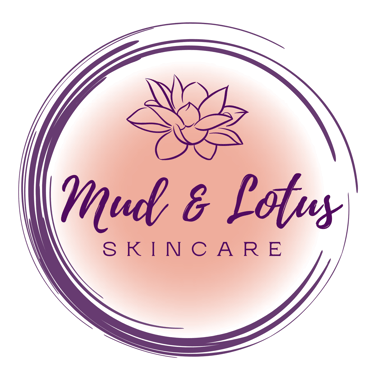🎉Spots have opened up for November & December! Book Now🎉
The Integumentary System
The largest system in your body, that you never hear about.
SKIN HEALTHSKIN 101
Katherine Dye
3/24/20243 min read


There's the skeletal system, the muscular system, the circulatory system, the nervous system, the digestive system, and you may even know of the lymphatic system. So why don't we ever hear about the Integumentary System? The system of your skin.
Chances are you learned about all the bodies systems in school...or did you? To refresh, there's the skeletal system, the muscular system, the circulatory system, the nervous system, the digestive system, and you may even know of the lymphatic system. So why don't we ever hear about the Integumentary System? The system of your skin.
SKIN FACTS
Your skin makes up 15% of your total body weight.
You have nearly 21 sq ft of skin on your body, protecting you day in and day out.
You are wearing a new body of skin every 30 days. This means you have about 1,000 new you's in a lifetime!
Every square inch of your skin, houses up to 300 sweat glands.
Only your fingertips and the soles of your feet have an extra layer of skin, which houses your fingerprints and footprints, called the lucidum layer.
Your skin has many functions which are vital to the protection of everything within you. Your skin creates the shape of your body, it regulates the temperature of your body through sweat glands, it absorbs vitamin D from the sunlight, it excretes toxins through your pores, it filters out toxins and protects your inner organs and bones from injury. The skin truly is an amazing organ!
Going deeper you will find 5 layers to your skin, The Basal, The Spinosum, The Granulosum, The Lucidum (mentioned above) and the Stratum Corneum. Skin begins forming at the Basale layer (think basement) as a plump cell which slowly rises to the surface getting flatter and flatter, while also getting tougher, dryer and eventually flaking off. This continual process is called Keritinization. The top layer, also called the Stratum Corneum, is what is removed when using exfoliation products. It is the oldest layer of skin which is why removing it helps brighten the skin immediately and stimulates new cells to begin reproducing more at the basale layer. Most adults renew their skin via this process every 30 days.
Deeper into the skin you will go into the reticular layer where things like blood vessels, hair follicles, sweat glands and sudiforous glands are found. It is also in the reticular layer where you will find collagen and elastin, which give your skin it's strength and flexibility. These fibers are crucial to maintaining skin health and youth.
The sweat glands and sudiforous glands are what create a beautiful elixir of protection for your skin. Yes, sweat and odor play a big part in keeping you healthy. The secretions from these glands combine to create the acid mantle. The acid mantle is the protective top layer of your skin. It is constantly protecting you from the sun, from pollution, heat, dirt, oil, chemicals etc. It is the first line of defense that often becomes compromised. Things like acne, inflammation, scars, picking, dermatitis can damage the acid mantle, creating a pathway for bacteria and toxins that make it difficult for the skin to heal. You will often hear estheticians referring to the acid mantle. It is the first thing we see, noting either it is intact or not intact. It is only from this first step off point, that we can determine the course of action. Are we repairing the barrier first? If so, a facial may go from just a facial, to a full treatment program to repair the barrier.
From a holistic standpoint it is also important to note other factors like diet, lifestyle, heredity, hormones can all impact our skin health. This organ that protects our body, needs nourshment the same way the heart or lungs do. It goes without saying that drinking 64oz of water a day and eating green leafy vegetables, cutting back sugar, fats and smoking is all going to be beneficial to seeing the best results in your skin.
I hope that this sheds some light, if not it will probably shed some skin (about 30,000 - 40,000 cells per minute!) Now you know a little bit more about the Integumentary system and the skin you're in and why it is so important to your overall health.
Author
Katherine Dye
©️Copywrite 2024
